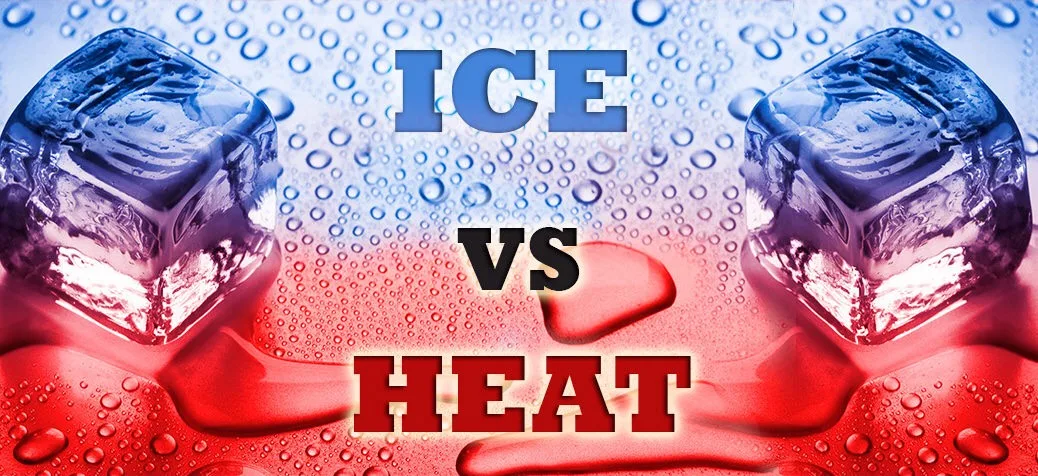Here’s your blog formatted for WordPress with SEO best practices, clear subheadings, short paragraphs, and keyword integration. The focus keyword is heat vs ice for pain.
Title: Heat vs Ice: When to Use Each for Pain Relief
Meta Description: Learn when to use heat vs ice for pain relief. Discover which therapy works best for injuries, inflammation, soreness, and muscle tension.
Focus Keyword: heat vs ice for pain
Heat vs Ice for Pain Relief: What to Use and When
Heat and ice are both effective tools for managing pain. But knowing when to use each can be confusing. These simple guidelines will help you choose the right therapy based on your symptoms and injury type.
When to Use Ice
Use ice for acute pain or new injuries that cause swelling or inflammation. Ice helps reduce inflammation and numbs pain. Avoid using ice on chronic injuries, muscle tension, or spasms—it can make those symptoms worse.
For acute injuries, follow the CBAN method:
- Cold
- Burning
- Achy
- Numb
Apply ice for 5–10 minutes until the area feels numb. Repeat every 30–60 minutes as needed.
When to Use Heat
Use heat for chronic pain or injuries older than 24 hours. Heat relaxes muscles and improves circulation. It increases blood flow, which brings oxygen and nutrients to the tissue and flushes out waste like lactic acid.
Heat therapy helps with:
- Muscle tension and spasms
- Osteoarthritis
- Poor posture
- Latent trigger points
- Adhesions
Apply heat for at least 20 minutes. Use it as needed to relieve stiffness and promote healing.
Combining Heat and Ice
For fresh muscle injuries with severe pain, start with ice for the first few days. Then switch to heat to ease tension and support recovery.
After Massage: What to Use
- If you feel sore or tender after massage, apply ice wrapped in a tea towel to reduce inflammation.
- If you feel stiff, use heat to relax muscles and improve mobility.
Always monitor the skin to avoid irritation. Be extra cautious with sensitive areas like hands and feet.
Final Tip
Before choosing a therapy, consider the type of injury and how long you’ve had it. The right choice between heat vs ice for pain can help your body recover faster and feel better.
Author: Kristin Stewart, RMT

